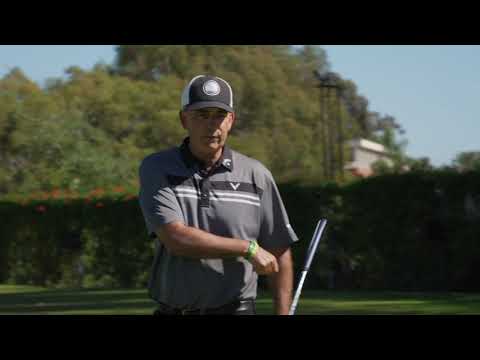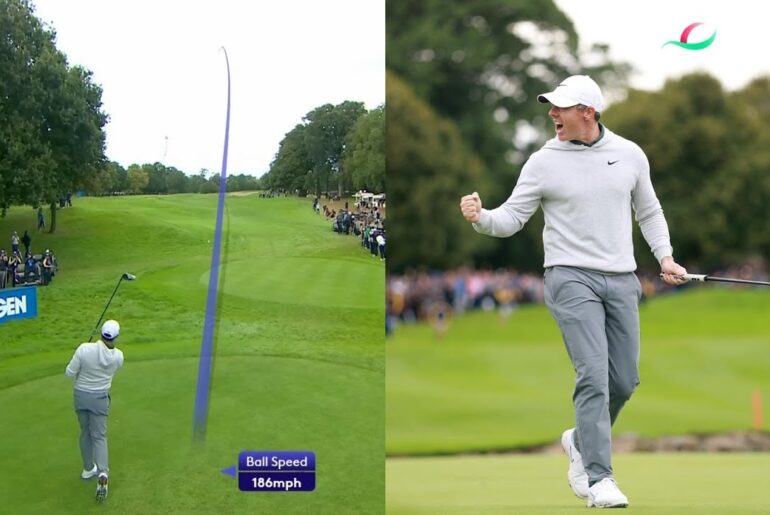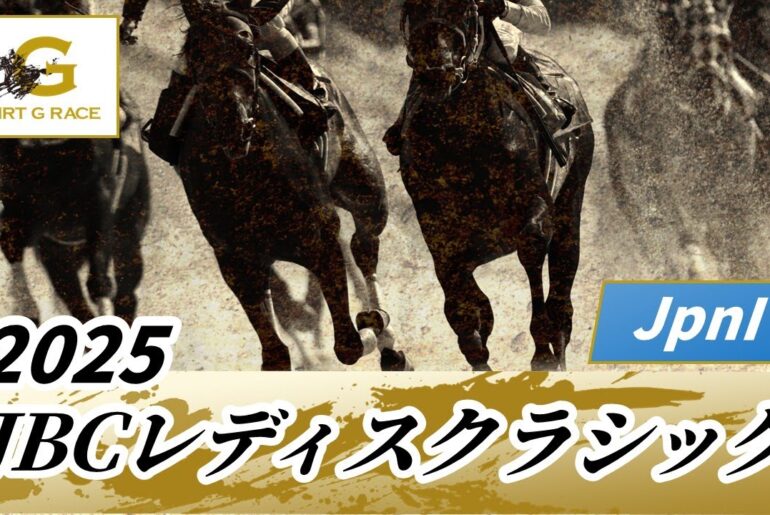The NEW Way Tour Pros Read Greens
PGA Tour Winners, Top Coaches, College Teams, Elite Amateurs, Juniors, Weekend Warriors, and 15-Handicaps All Agree…
The Tour Read® Golf App Is A “Game Changer!”
How The Tour Read Golf App Has Helped Pros Win Millions… And Can Drop 3–5 Strokes Off YOUR Scorecard Overnight!
Let me ask you a quick question…
Have you ever hit a perfect drive, a solid approach… then walked off the green with a bogey?
Yeah. That used to drive me nuts too.
Hi. I’m Ralph Bauer.
I’ve been lucky enough to coach at all four Major Championships, the Olympics, the Presidents Cup, and just about every Tour event out there. Over the years, I’ve worked with dozens of PGA Tour winners — guys like Cam Davis, Adam Hadwin, Tom Hoge, Gary Woodland, Jhonny Vegas, Kyle Stanley, Lucas Glover, Mackenzie Hughes, Nick Taylor, Corey Conners, Kevin Chappell, Stephen Ames, Andrew Putnam, and more. My students have won over 50 Provincial Championships, an NCAA individual title, and countless amateur tournaments. And here’s one I’m especially proud of — no player who’s worked with me for a full year has ever lost their PGA Tour card.
But honestly?
The most rewarding thing I do is help regular golfers — people like you — finally feel confident over every single putt.
If you’ve ever stood over a 6-footer and guessed… if you’ve ever said, “I thought it would break more…” Then keep reading — because this might be the most important page you’ve ever seen about putting.
[Music] The number one question I get about the tour reach system is how do I determine what percent of slope we’re putting over? So I did a study on a 100 players. 90 of them were able to assess the percent of slope very accurately with this method. So, what we want to do, the first thing we think about is as we’re walking up to the hole, we’re going to start thinking about where we’re going to best assess the slope from. For 90% of the people, they’re going to best be able to assess the slope halfway between the ball and the hole looking uphill. You know, if you want to see how high a mountain is, you go to the bottom and and you look up. This is going to be very similar to that. So now what we want to think about and and again I get a lot of people are saying Ralph I really have a tough time with this and the mistake they make is they’re looking they’re focusing on a path between the ball and the hole but we need some some references. So what we’re going to do we’re going to look higher to number one and then lower to number two and we say okay what’s higher number one or number two? What’s higher number one or number two? what’s higher, number one or number two? And for again 90% of the people, it’s quite easy to see which which is higher and by roughly how much. We’ve all gone played in a big tournament or had a club championship or must make putt and we’ll decide to do a 360 degree view of the hole. Now, if we come to this side and we’re looking downhill, I get goosebumps just every time I see this. This looks much much flatter. So, on average, we’re going to perceive this 25% flatter than actually is. The bottom line is there’s no point in going over here. If we have to fix a ball mark, that’s great, but we don’t want to pay attention to it. So, we’re over here. No green is going to be uniform, especially anything over four or five feet. So, what we want to do, we want to start thinking about which part of the putt is most important. As the ball slows down, the break is going to affect it much much more. So, this this last third of the putt, we’re going to want to over overweight that. Kind of an easy way of thinking about it. If we brought this into if we cut this putt in half, if the first half is a 1% slope and the second half is a 3% slope, we’d overweight the second half because as the ball slows down, again, the the slope is going to affect it much much more. So, we would overweight that and call it like a 2.5% slope. That’s how 90% of the people are going to be able to best assess the slope. You know, we’ve all seen this on TV. You know, being able to assess the slope over top of it is certainly a skill. Some people are very, very good at it. And, you know, if if you’re willing to dedicate some time to practicing it, it is a method that will work for for a lot of people for for sure. Again, in my study, it was about 10% of people that that were better at that. kind of a good idea if this is super important to you, try both methods and see where you slot in. But for most of the people, we’re going to have our best view looking uphill and then looking on either side of the path of the putt. So, we got a good reference of how much that putt’s going to







